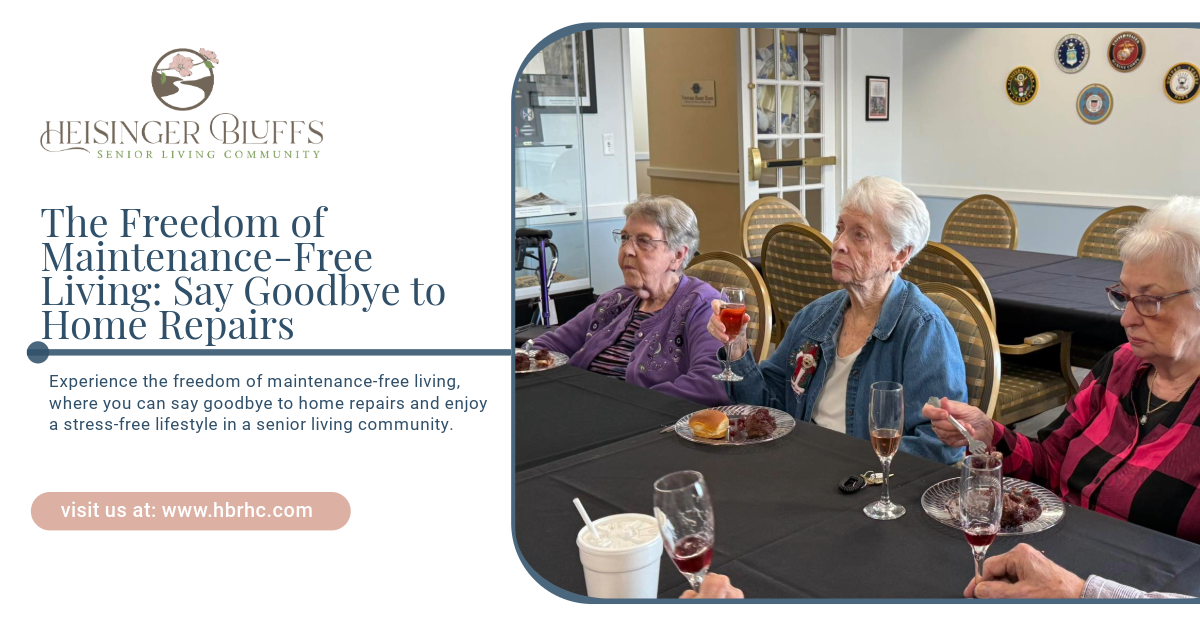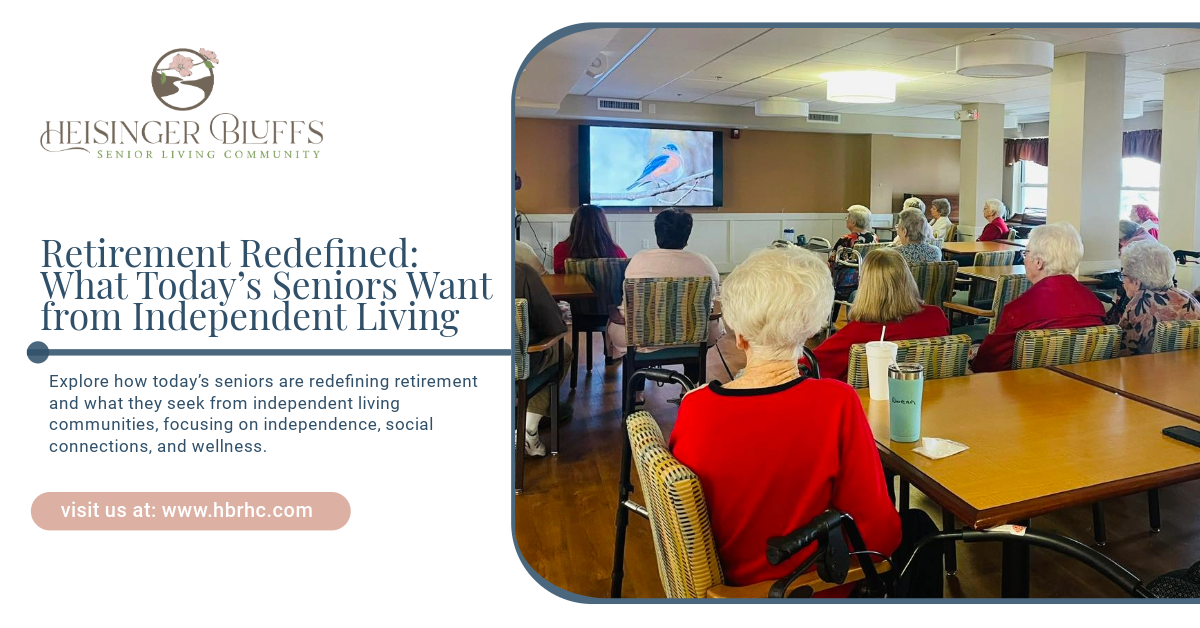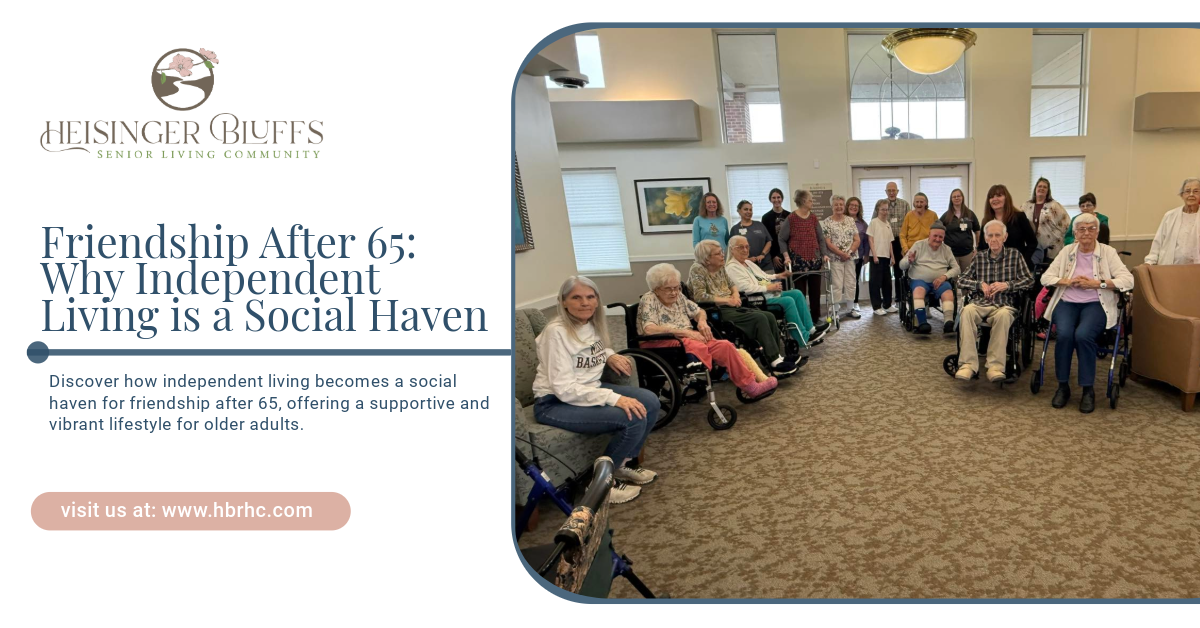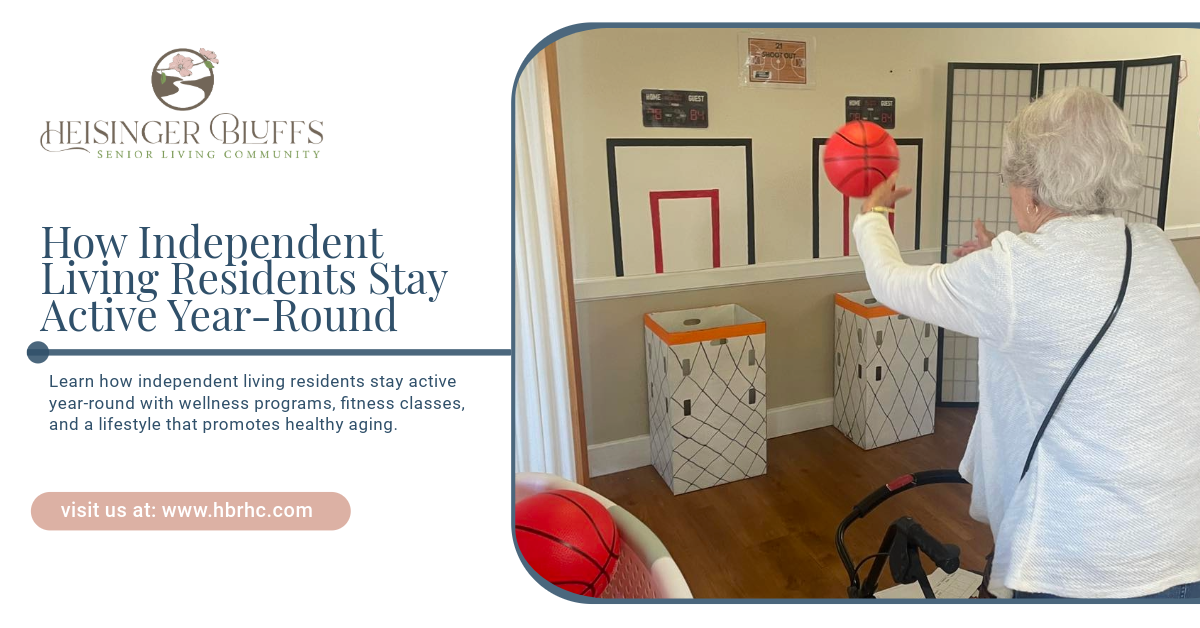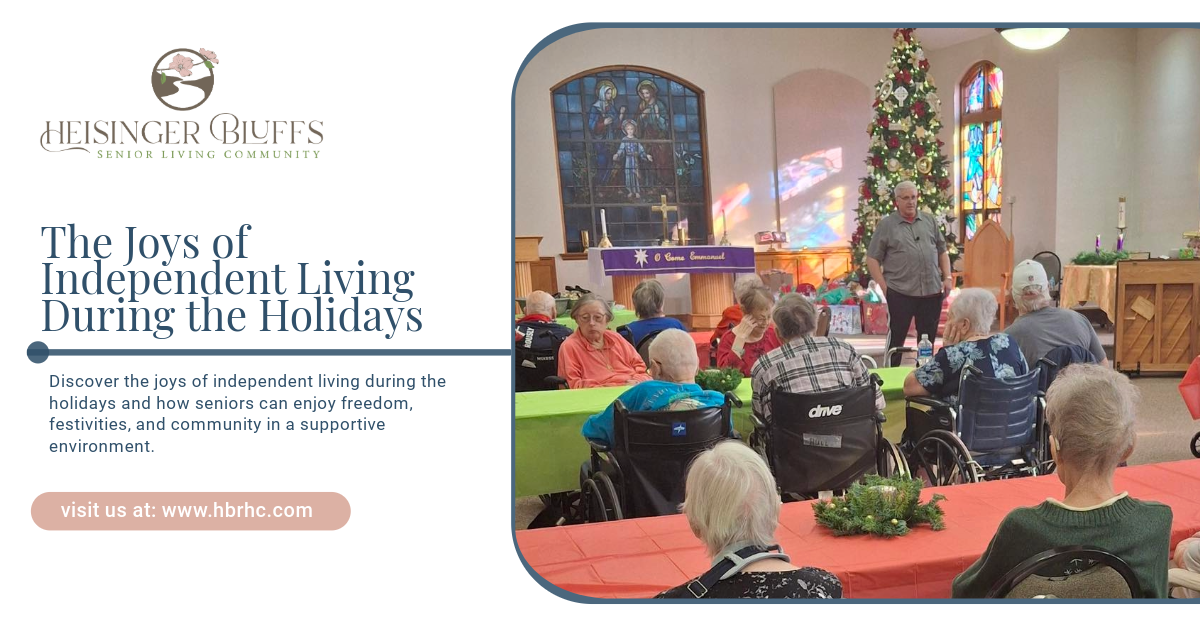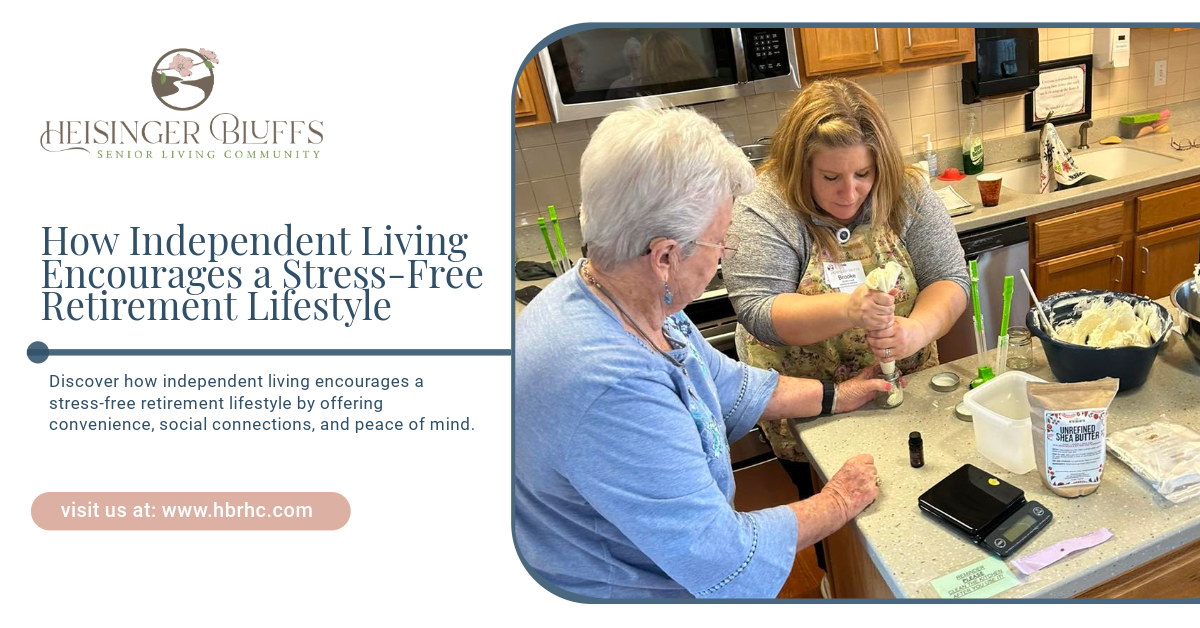Get in touch
Painting a Better Tomorrow: Art Therapy Benefits for Seniors with Dementia
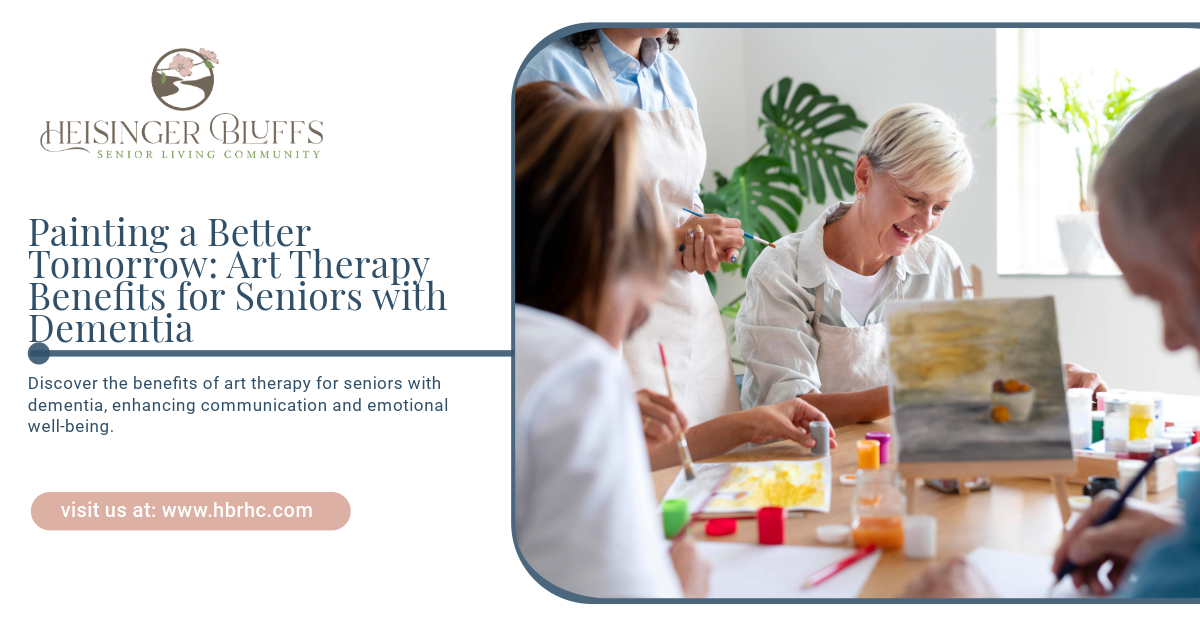
Art Therapy for Seniors with Dementia
Art therapy is gaining recognition as a valuable tool for enhancing the quality of life for seniors suffering from dementia. Its unique approach offers various benefits in cognitive and emotional domains.
Benefits of Art Therapy
Art therapy provides numerous benefits for seniors with dementia, promoting engagement in activities that can alleviate some cognitive symptoms associated with the disease. Research has shown that art therapy can engage attention, provide pleasure, and may improve symptoms such as anxiety and apathy. The act of creating art can stimulate mental activity, which is essential for maintaining cognitive functioning.
| Benefit | Description |
|---|---|
| Engages Attention | Art activities can capture attention, helping seniors focus and concentrate. |
| Provides Pleasure | The enjoyment of creating art can lead to positive emotions and a sense of accomplishment. |
| Reduces Anxiety and Apathy | Participation in art can decrease feelings of worry and listlessness, contributing to improved mood. |
Art therapy can also enhance fine motor skills, coordination, and visual perception, which may have declined due to the effects of dementia. Additionally, by fostering self-expression, art therapy can empower seniors, giving them a sense of autonomy and personal identity.
Role of Art in Communication
Art plays a crucial role in communication, especially for seniors with dementia who may struggle with verbal interactions. In such cases, creative activities provide an alternative outlet for expression. Engaging in art allows individuals to convey emotions, thoughts, and experiences without relying on words.
When seniors create art, it provides opportunities for caregivers and families to connect on different levels, fostering deeper bonds. The visual nature of art can be particularly effective in drawing out conversations about the artwork, memories associated with certain colors or subjects, and feelings related to the creative process.
Through art, seniors can communicate their feelings and thoughts, bridging the gaps that dementia may create in traditional conversations. This not only enhances the relationship between seniors and their caregivers but also nurtures a compassionate environment focused on understanding and emotional support. For more engaging activities targeting memory enhancement, explore our article on memory care activities for seniors.
Impact of Participatory Arts
Participatory arts play a significant role in enhancing connections and fostering community among seniors with dementia. Through creative engagement, individuals can experience improved relationships and a greater sense of belonging.
Enhancing Relationships
Engaging in participatory arts helps strengthen the bond between individuals with dementia and their caregivers. Activities such as group painting or collaborative projects provide opportunities for interaction and communication, facilitating richer relationships. These arts-based interventions can alleviate feelings of isolation and encourage shared experiences that enhance emotional connections.
| Activity Type | Relationship Benefits |
|---|---|
| Group Painting | Facilitates teamwork and cooperation. |
| Poetry Workshops | Encourages sharing memories and emotions. |
| Sculpting Projects | Fosters trust and collaboration. |
Sense of Community
Participatory arts also foster a strong sense of community within memory care settings. By engaging in arts activities together, seniors can experience a feeling of belonging that combats loneliness. These activities create an atmosphere of support and understanding, allowing seniors to connect with others facing similar challenges.
Moreover, programs such as poetry workshops have been successfully implemented in various community settings to promote social interaction and foster inclusivity among participants.
| Community Building Activities | Impact on Participants |
|---|---|
| Collaborative Art Projects | Creates bonds and friendships. |
| Group Exhibitions | Celebrates achievements and shared experiences. |
| Regular Workshops | Encourages ongoing participation and belonging. |
Art therapy not only provides emotional relief but also encourages socialization among seniors, improving their quality of life. To learn more about the benefits of creative activities for seniors, explore our resources on memory care activities for seniors and memory care programs for seniors.
Effectiveness of Art Therapy
Studies and Research Findings
Art therapy has been shown to yield significant benefits for seniors with dementia. A review of various studies reveals that out of 14 articles examined, 13 demonstrated statistically significant outcomes (p≤0.005) related to quality of life, cognitive function, and emotional well-being after participating in art therapy interventions. The most common artistic activities reported include drawing, painting, and sculpting.
| Study Element | Findings |
|---|---|
| Total Articles Reviewed | 14 |
| Articles Showing Significant Outcomes | 13 |
| Activities with Highest Use | Drawing, Painting, Sculpting |
Moreover, the integration of art therapy into health treatments has positively impacted motor coordination, perception, emotional well-being, memory, and depressive symptoms in elderly individuals with neurocognitive disorders. The data shows that drawing and painting were particularly effective in achieving these improvements.
Cognitive and Emotional Improvements
The cognitive and emotional outcomes from art therapy are notable. Studies indicate that art therapy techniques that focus on visual creative processes have led to enhanced scores on the Mini-Mental State Examination (MMSE) and the King’s Figure Test, which are commonly used tools for assessing cognitive function in seniors.
| Improvement Area | Impact of Art Therapy |
|---|---|
| Motor Coordination | Enhanced |
| Perception | Enhanced |
| Emotional Well-being | Improved |
| Memory | Enhanced |
| Depressive Symptoms | Reduced |
Additionally, research shows that art therapy is more effective compared to traditional cognitive rehabilitation methods. Strategies that integrate storytelling and imagination into the therapeutic process have resulted in better outcomes than conventional approaches alone.
By engaging seniors in art therapy, caregivers and therapists not only facilitate better cognitive performance but also significantly uplift their emotional state, reinforcing the importance of memory care activities for seniors.
Types of Art Therapy Activities
Engaging in various art therapy activities can be a powerful tool for seniors with dementia. These activities not only provide enjoyment but also enhance emotional and cognitive skills. Two prominent types of activities within art therapy include drawing and painting, as well as sculpting and visual art.
Drawing and Painting
Drawing and painting are fundamental forms of artistic expression that can significantly benefit seniors experiencing dementia. These activities offer a platform for individuals to express feelings and thoughts that they may find challenging to articulate verbally. Research indicates that art therapy techniques involving visual artistic interventions have been linked to improvements in the quality of life, cognitive functions, and emotional well-being of elderly individuals with neurocognitive disorders.
Creating images through drawing and painting allows seniors to gain insight into their emotions and experiences, serving as an outlet for expression. This form of art can facilitate connections with caregivers, enhancing mutual understanding and deepening relationships. Additionally, drawing and painting can serve as a means of accessing previously hidden memories, enriching the therapy experience.
| Activity Type | Benefits |
|---|---|
| Drawing | Expresses emotions, enhances cognitive functions, fosters communication |
| Painting | Unlocks memories, provides sensory engagement, promotes relaxation |
For more structured memory care activities, consider exploring our comprehensive list on memory care activities for seniors.
Sculpting and Visual Art
Sculpting and other forms of visual art also play an essential role in art therapy for seniors with dementia. These activities encourage creative expression through three-dimensional art forms, allowing participants to mold and shape materials to reflect their feelings and narratives. Sculpting can serve as a tactile experience, offering sensory stimulation which is particularly valuable for seniors with cognitive challenges.
The act of working with materials—such as clay or other sculpting mediums—not only improves fine motor skills but also encourages problem-solving and critical thinking. Each sculpture created can evoke distinct memories and emotions, providing a tangible connection to the past. Similar to drawing and painting, these activities cultivate a sense of accomplishment and boost self-esteem among senior participants.
| Activity Type | Benefits |
|---|---|
| Sculpting | Enhances motor skills, promotes creativity, fosters memory engagement |
| Visual Art | Encourages personal expression, stimulates cognitive processes, builds social connections |
These activities, along with other therapeutic practices such as music therapy for memory care and using art to improve memory, are integral components of memory care programs designed to enrich the lives of seniors.
Therapeutic Effects of Poetry
Poetry serves as a powerful tool for therapy among seniors with dementia, offering unique benefits that support emotional and cognitive well-being.
Freedom of Expression
One of the most significant benefits of poetry in art therapy for seniors with dementia is the freedom of expression it provides. Poetry allows individuals to articulate feelings and thoughts that may otherwise be difficult to express verbally. It encourages the use of imagery and creativity, enabling participants to build fragments of their past into cohesive narratives. Many older adults with dementia retain access to poems they learned by heart during their youth, which can evoke nostalgia and facilitate emotional connections.
This form of expression uplifts the individual's spirit and fosters a sense of autonomy. Engaging with poetry provides an opportunity for personal reflection while creating a safe environment for self-expression.
Memories and Emotions
Poetry has a profound ability to tap into memories and emotions associated with personal experiences. When engaging in poetry, seniors can access images and memories from their lives, piecing together the fragments of their past. This process can help spark discussions and reminiscence, encouraging connections with caregivers, peers, and family members.
The emotional engagement fostered by poetry can lead to various therapeutic outcomes, including enhanced moods and improved cognitive function. By recalling meaningful memories through poetic expression, seniors living with dementia may also rediscover their identities and strengthen social ties. These interactions can provide moments of clarity and joy, reminding them of their rich histories and experiences.
By incorporating poetry into memory care programs, caregivers and therapists create opportunities for meaningful engagement and exploration of emotions. For more information on various activities, consider reading about memory care activities for seniors or music therapy for memory care.
Considerations and Future Research
Efficacy of Art Therapy
The efficacy of art therapy for seniors with dementia has been a topic of discussion among researchers. Current studies indicate that there is insufficient evidence supporting its effectiveness. Reviews of the literature suggest that more adequately powered and high-quality studies are necessary to establish relevant outcome measures. This highlights the need for further exploration of how art therapy can specifically benefit those in memory care settings.
Areas for Further Study
Research regarding the effectiveness of art therapy for those with dementia remains limited and inconclusive. Existing studies reveal considerable variations in participant characteristics, session lengths, types of activities, and outcome measures. These inconsistencies underscore the need for well-designed randomized controlled trials to assess the specific effects of art therapy as a standalone intervention for individuals diagnosed with dementia.
While studies have included participants with different forms of dementia, such as Alzheimer's disease and multi-infarct dementia, significant methodological limitations were noted. Issues like unclear randomization methods, lack of allocation concealment, weak blinding procedures, and high attrition rates led to an overall assessment of 'very low' quality of evidence regarding art therapy's effectiveness for dementia patients.
Future studies should focus on addressing these limitations to provide clearer insights into how art therapy can be utilized effectively in memory care programs. For further exploration of therapeutic modalities, including other creative therapies, see our articles on music therapy for memory care and using art to improve memory. Additionally, reviewing memory care activities for seniors can provide insights into how art therapy may integrate with broader memory care programs.
Frequently Asked Questions
What are the key benefits of art therapy for seniors with dementia?
Art therapy offers various benefits, including improved attention, reduced anxiety and apathy, enhanced emotional well-being, and better fine motor skills. It also promotes self-expression and can foster a sense of accomplishment, helping seniors engage with their surroundings and maintain cognitive functioning.
How does art therapy help with communication for seniors with dementia?
For seniors who struggle with verbal communication, art therapy provides a creative outlet for expressing thoughts and emotions. It allows caregivers and family members to engage with seniors on a deeper level through discussions about their artwork, which can help bridge communication gaps created by dementia.
What types of art activities are typically used in art therapy for dementia patients?
Common activities include drawing, painting, and sculpting. These artistic forms stimulate cognitive processes, enhance motor skills, and allow seniors to express their emotions. Participatory arts, such as group painting or poetry workshops, also foster social connections and a sense of community.



Want to know more?
We will get back to you as soon as possible.
Please try again later.
You May Also Like To Read
Heisinger Bluff’s Life Plan Community is here to make your senior years safe, stimulating and enjoyable so that you can savor the present, knowing the future will be taken care of.
QUICK LINKS
CONTACT
©2024. Heisinger Bluffs. All rights reserved.


